Arjan Martins | Et Cetera
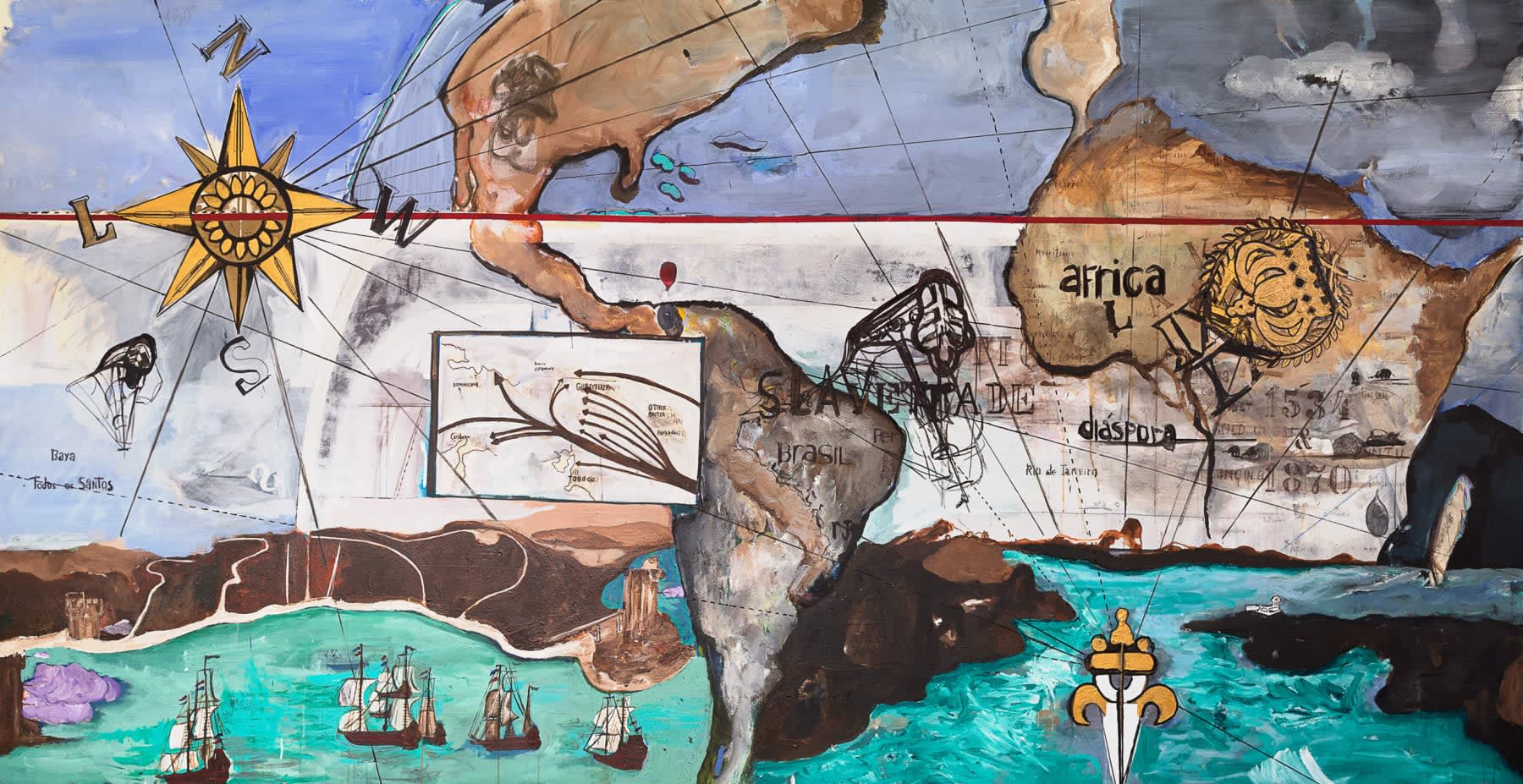
Arjan's paintings and their photographic sources
The last time I met Arjan he was holding a book by Sepp Werkmeister who during the 1960s had portrayed the inhabitants of New York, many of which from the neighborhood of Harlem. There were images of humble yet dignified black men, women and children, that Werkmeister pictured at work, at play or going about town. Looking at such images we are aware that they were taken at the time of the civil rights movement, yet, as far as I could see, there was no direct reference to racial conflict, no images of segregation or protests. Instead, they focused on the normality of day-to-day life. The hardships of existence were present in subtler ways, not as the central theme but as an aspect that transpired through a particular look in a face, in a detail or background. The struggle of life was juxtaposed for example with the elegance of people's attire and the dignity that enthused in their style. It reminded me in this sense of another book which I had recently seen, 'The Birth of Cool' by Carol Tulloch which traces the influence that Black Caribbean migrants had on British fashion from the 1950s to date. I suddenly noticed Arjan's own attire, white linen trousers, leather sandals and a smart loose shirt: a tropical adaptation perhaps.
I was already aware that as a painter Arjan made use of photographic images, usually of people, and that these images would appear and reappear in his paintings in a variety of contexts within his compositions. Often images stemming from the same photographic source are repeated in several different paintings, as the overall subject or as a detail in a larger canvas. Yet, what seemed at first distinct in the images from Werkmeister's book, compared to the ones I had grown used to encountering in his paintings, was the fact that these were images that appeared to be so distant from his own cultural references. Previously, in his paintings the people that inhabited the compositions were typically Brazilian, black Brazilians. It was as if the artist had consciously traced aspects of his own ethnic history, tracing the formation of an identity, aspects of a culture, how his ancestral past has been problematically placed within Brazilian history and society, or perhaps more powerfully still, how these characters emphasize the problematic historical narratives that situate such representations within Brazilian art. Arjan appeared to have elaborated a project of retrieval of such iconography, taking over the authorship of such representations while exposing the contemporary art circuit as an ethnically cleansed social milieu. The question that struck me was therefore, what relation could these smart working class black New Yorkers from a by-gone era have with his previous themes and characters?
In the preface to Paul Gilroy's compilation of photographic images of the Afro-Caribbean diaspora in Britain (Black Britain: a photographic history, Saqi and Getty Images, 2007), Stuart Hall describes the project of gathering such visual material as one that possesses an 'interrogative' purpose:
The still image arrests the flow of time, freezes the event, allowing us to look longer, get more out of it. But it is not complete - it can't, in the end, 'speak for itself'. What signifies is not the photographic text in isolation but the way it is caught up in a network of chains of signification which 'overprint' its inscription into the currency of other discourses, which bring out different meanings. Its meaning can only be completed by ways we interrogate it.
I believe there is something of this interrogative approach in Arjan's interest in the photographic image as a source for his paintings. It is with an interrogative approach that he seeks out different meanings, that he inscribes these photographs of people from a different place and time within the currency of another discourse, one that nevertheless shares a common history. This is where painting becomes a medium with quite distinct possibilities. Arjan's numerous reproductions taken from a single photograph of a young girl holding her hand to her mouth demonstrate this quite well. Each time the image is painted the expression is distinct, sometimes displaying timidity, at other times an air of mischief. The photograph may demonstrate such ambivalences yet the painterly reproductions accentuate these to the extent that, and particularly when shown side by side, the single decisive moment captured by the camera, becomes layered, becomes truly multiple.
The same girl appears on the upper right hand side of a canvas. She is disproportionately large hovering over a composition that includes an upside-down Portuguese Caravel with its sails inflated by the wind making them resemble a proud puffed-up chest. Inscribed across the sails the Portuguese cross, the Vera Cruz, stands threatening as if announcing the first name given to the land which we can see on the horizon and that today we call Brazil. A crown, placed on the left-hand side of the canvas at the same height as the girl's head is framed by a disposition of triangles, one formed by the ropes of a ship's rig, the other by the three disproportionate elements in the picture, the crown, the rig's pulley and the black girl's head. It is not mischief that now transpires in the face of the girl but fear: the horror that is invoked by the reference to the triangular trade conjured by the painting's iconography and composition.
In another painting we find a similar compositional structure, such as the upside-down ship and the outline of the coast of Arjan's home-city of Rio de Janeiro. Another girl appears to be holding a book, or perhaps a painting, forming a similar, albeit inverted, triangular disposition between the crown and the pulley. The principle difference here is the ship, that not only is represented from its side as opposed to its front, but more significantly, no longer a Portuguese Caravel, but a British Clipper, the Cutty Sark.
In a previous essay I wrote (Arjan e o conto da saia justa) I have already dealt with the apparent historical inconsistency of the Cutty Sark appearing in paintings that clearly relate to the history of the slave trade in Brazil. Suffice here to summarise the principle points that I then made as a form of conclusion. We should not expect from a contemporary painter a historical 'accuracy' comparable, for example, to Jean-Baptiste Debret's depictions of slavery in Rio de Janeiro during the early 19th century. Photography, with all its insufficiencies, has taken over that documentary role. As I had highlighted in that essay, despite the fact that Britain promotes itself as an abolitionist nation, it had indeed been heavily implicated in the slave trade. The photographic images that I referred to above (in Tulloch's and Gilroy's books) are a direct consequence of that, as was the origin of the name Cutty Sark. Even the UK's most prestigious museum of modern and contemporary art, the Tate, was founded on the profits stemming from sugar production and the triangular trade. Arjan's paintings thus reveal not a history, but how history is present in the here and now.
As I write this short essay, the Times newspaper announces on its front page that the government has request that all UK 'Firms should list Foreign Workers'. Arjan's themes are all the more significant at this moment in which the ugly spectre of racism and xenophobia has returned onto the global stage within mainstream political discourse. It is precisely because of the multiple origins of his photographic sources that his paintings invite us to think, not of a particular and specific historical fact, but instead and more generally about, for example, how many of our politicians, or institutions whether here in the UK, in the USA or in Brazil hold such positions of power based upon the privilege that stems from the slave trade, and how that privilege still legitimises itself based upon prejudice. As such, Arjan's paintings, more than any photograph is able to do, testify the perverse anachronism of contemporaneity.
Michael Asbury, October 5, 2016
TULLOCH, Carol. The birth of cool: style narratives of the african diaspora. NY, London: Bloomsbury, 2016
HALL, Stuart. Preface. In: Gilroy, Paul. Black Britain: a photographic history. London: Saqi, 2007

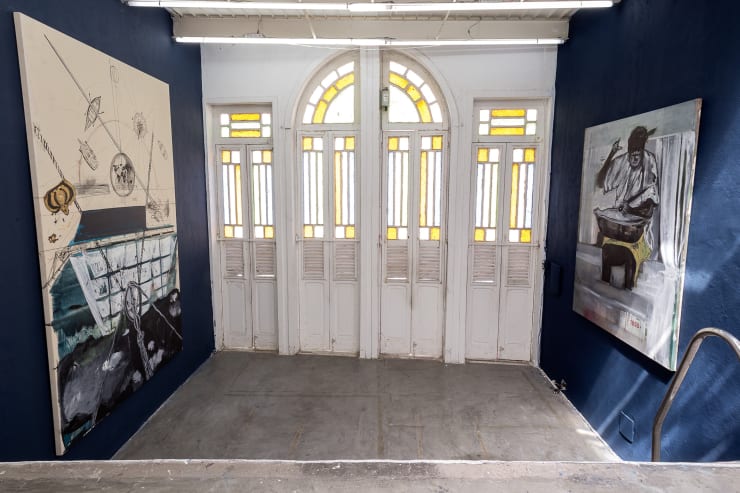
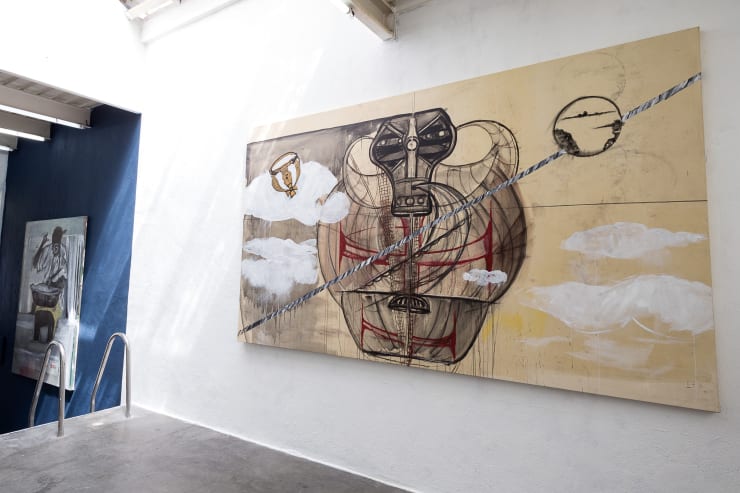
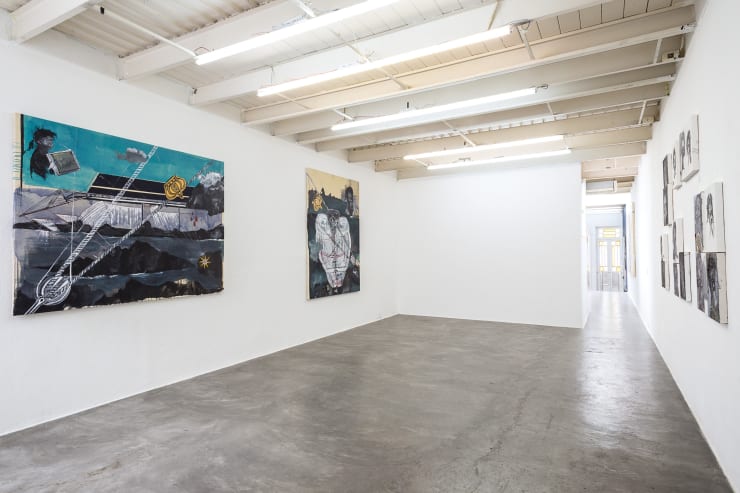
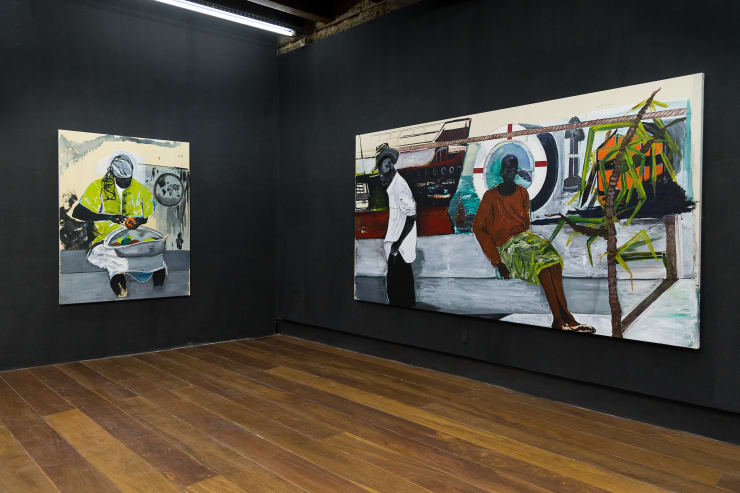

![Arjan Martins, Sem título [Untitled], 2016](https://artlogic-res.cloudinary.com/w_740,c_limit,f_auto,fl_lossy,q_auto/artlogicstorage/agentilcarioca/images/view/8bf619465b5745ee1032a0fe1b95ff4aj/agentilcarioca-arjan-martins-sem-t-tulo-untitled-2016.jpg)



![Arjan Martins, Sem título [Untitled], 2016](https://artlogic-res.cloudinary.com/w_740,c_limit,f_auto,fl_lossy,q_auto/artlogicstorage/agentilcarioca/images/view/4345eb0da73cbae51c588f30fa77ff0dp/agentilcarioca-arjan-martins-sem-t-tulo-untitled-2016.png)
